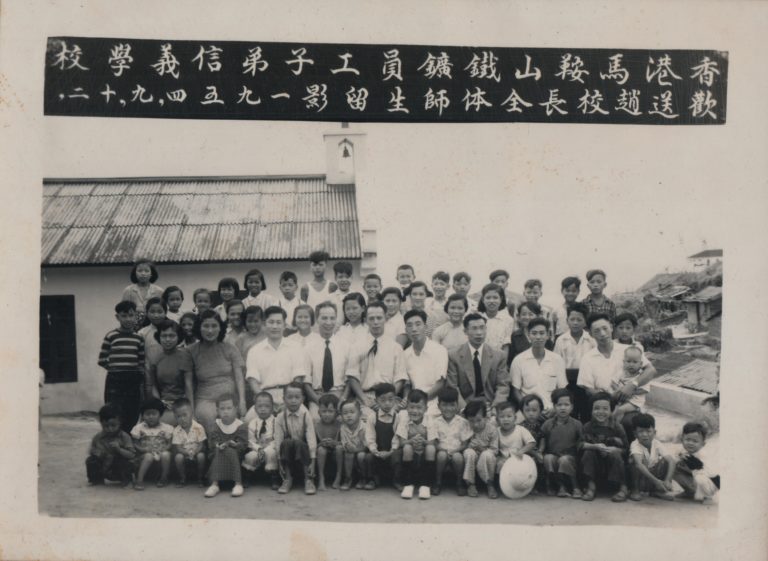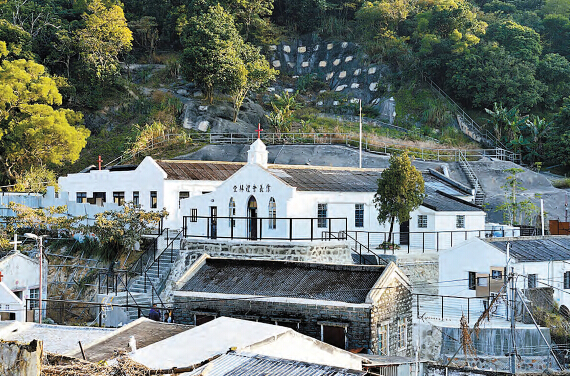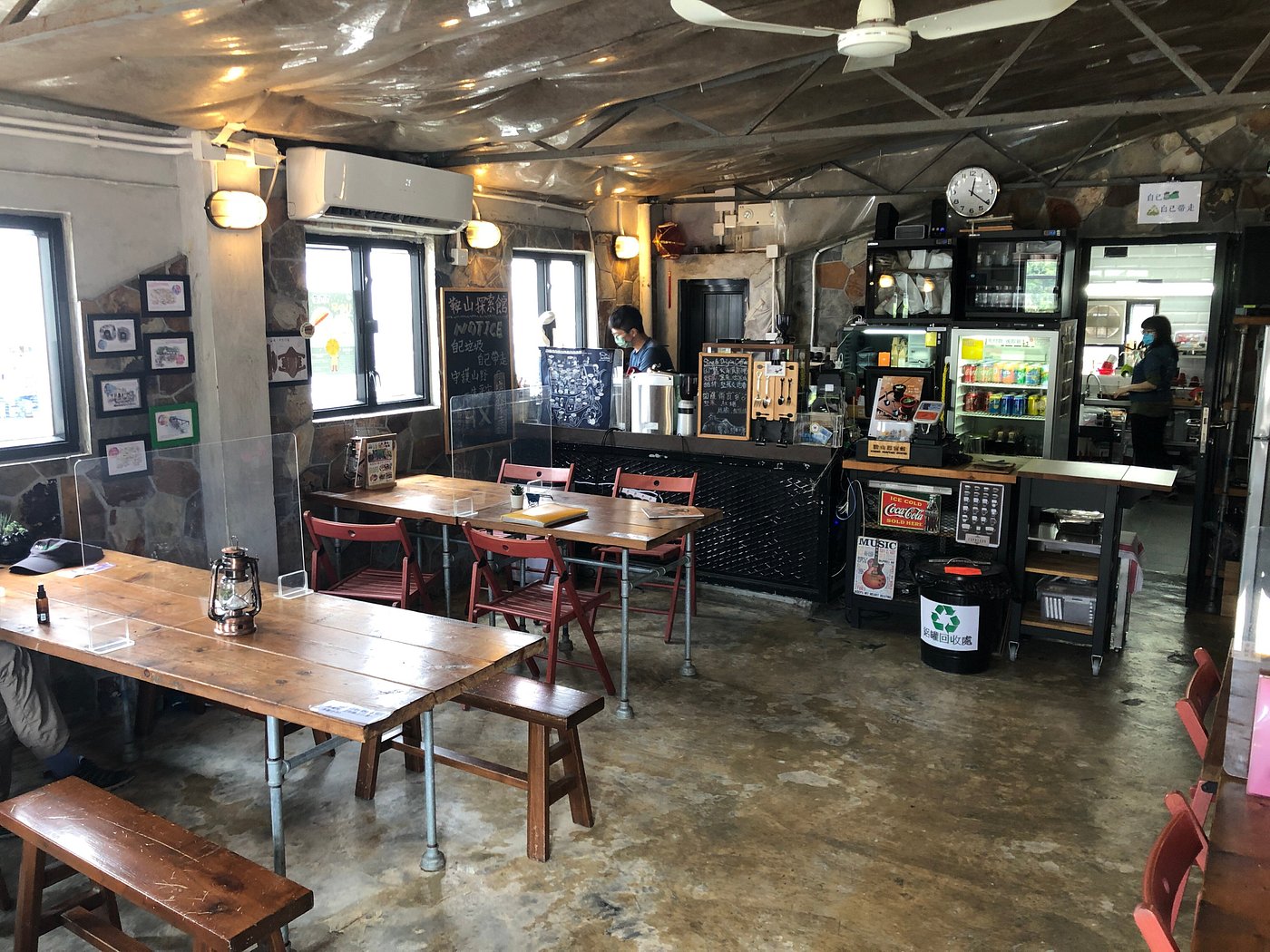Name (English): Grace Youth Camp
Name (Chinese): 馬鞍山探索館(恩青營)
Category: Outdoor Activities
Phone Number: +852 3421 1436
Address (English): 35 Upper Village, Ma On Shan Tsuen
Address (Chinese): 馬鞍山村上村35號
Address Google Map Link: https://goo.gl/maps/ncBmiGmJNU4smmGLA
Address longitude and latitude: 22.40145232703537, 114.24259429727437
Nearest MTR Station: Ma On Shan Station Exit A
Nearest MTR Station Google Map Link: https://goo.gl/maps/QuJn1n3FAJ6k6NdF8
Nearest MTR Station longitude and latitude: 22.424507023269932, 114.23155816771977
How far from the nearest MTR Station: 1 hour 12 mins walking distance from Ma On Shan Station Exit A ; 20 mins driving distance from taking shuttle bus NR84
Opening hours:
MON Closed
TUE Closed
WED Closed
THU Closed
FRI 10:00 – 17:00
SAT 10:00 – 17:00
SUN 10:00 – 17:00
Recommended time to visit: 10:00-16:00
Accessibility Note: A few staircases on a small hill
Reminder: The best way to go: Take shuttle bus NR84 from G/F, MOS Town Phase 4 then hop off at Ma On Shan Tsuen stop, i.e. the last stop) (Shuttle bus schedule pin here)
The lucrative mining industry in Hong Kong seventy years ago remains an enigma to many locals. As the only iron mine in Hong Kong, the revitalisation of Grace Youth Camp unearthed its folklore and dazzled the populace.
With policies introduced by the newly formed Chinese government in the 1950s, many suffered and escaped to the country’s haven — Hong Kong. Migrants were put under the category of plebeians due to unrecognised qualifications under British colonisation, though educated. They were often recommended menial jobs such as miners by their relatives thanks to limited options. Rich minerals stored in the mountainous peninsula gave rise to iron mining. More than 3,000 miners therefore worked in the mine operated by Mutual Trust Company(大公洋行)from Japan, along with 10,000 people gathered in Ma On Shan Tsuen in its golden age.
The village was a community of miners with their impoverished families. Knowing the needs of the villagers, the Lutheran Church started to give succour and relief. Alms were distributed and the Ma On Shan Lutheran Primary School for Children of Mine Workers and the Lutheran Kindergarten were opened. Compassionate teachers from the city came to the schools to educate the children and lived in the staff dormitories, bonding closely with the villagers and creating the fondest memories that they shared.

While the church provided remedies to cure the villagers’ headaches, miners worked from dawn to dusk to support their families. Magnetite, a dark, sparkly magnetic rock, was first extracted on the outside of the mountain, but excavated inside since the 1950s as those on the outside were found finite after evaluation done by the Japanese engineer.
With only a helmet to protect and a basket to collect the magnetite, some miners entered the mine from the 240ML adit despite its darkness and danger. The magnetites were transported through a tunnel that went all the way to the 110ML adit, as they were too heavy to carry. The crude ore would then be processed into fine, concentrated ores that would be transported to Japan to support their infrastructural development.

Rapid economic growth locally and rising mining industry in other developing countries outcompeted the iron mine operation that only produced 80,000 tons of magnetites annually in the 1970s, i.e. only 1.5% of Australia’s annual production at that time. Exodus of the miners’ families to the city ceased the mine’s operation in 1976. The church therefore halted their service in the village and the village was abandoned.
It was not until 2012 when the Evangelical Lutheran Church started revitalising the Grace Youth Camp complex. With collective powers of the local community, non-profit organisations and a university, the stories of the mine village were painstakingly gathered. The complex comprising the chapel, primary school, kindergarten and the staff dormitory was declared Grade III Historic Buildings by the government and opened for public entry in 2015.

The opening of the camp brings the obscure stories into light. Archaic articles before closure of the mine, as well as art pieces and models of the edifices made by students from tertiary institutes after revitalisation are displayed in the chapel. Visitors could also test the displayed rocks with magnets to look for the magnetites to better understand the product of iron mining.
Miners’ café beside the exhibition serves a selection of refreshments including coffees brewed with fair trade coffee beans imported through a social enterprise. There are two popular snacks, such as bao (steamed bun) with fermented bean curd(腐乳饅頭) , which provides an authentic taste of the simple yet filling “miner’s meal”, and the iron ore cookies(礦石曲奇)are decorated with granulated sugar to imitate the sparkly minerals on the ores. Souvenirs are also sold in the café where visitors can bring some keyrings or spanner-design cutleries home.

The folklore does not end by all that is displayed. Part of the primary school collapsed after a landslide occurred due to a strong typhoon in 2003, as well as the playground of the school being completely flooded with muds and rocks. The government then collected the land and conserved the slope behind the school by shotcrete to prevent further damage to the edifices. The remains of the school were converted into dormitories and the staff dormitories as an activity room for visitors.
The exterior wall of the 240ML adit is a Grade II declared historic building where many long to explore (google map pin here). The government however has installed fences to preserve the antique, absurdly contradicting their initial intention of preservation that new installations in fact damage the wall. Nonetheless, the fences have been removed by explorers that explored the mine by walking all the way from the 240ML adit to the 110ML adit in spite of prohibition.

Demonstrating conspicuously successful revitalisation, the camp also offers guided tours to promote their heritage. A tree-planting project has been launched to conserve the badland slashed by a hillfire last year with their strong sense of social responsibility.
Since turning the suburbs into residential land has long been a solution to housing problems proposed by the government, you may see various banners hung by villagers protesting against the possible redevelopment of the area on your way to the camp. As we will never know what is in front of us, pay a visit to the camp and I am sure you will not regret the amazing adventure exploring Hong Kong’s mining history.
#discoverhongkong #explorehongkong #visithongkong #hongkongtravel #ilovehongkong #hongkonghistory #hongkongculture #culturetrip #heritage #hkhistory #hkheritage #graceyouthcamp #maonshan #shatin #mining #hkmininghistory


